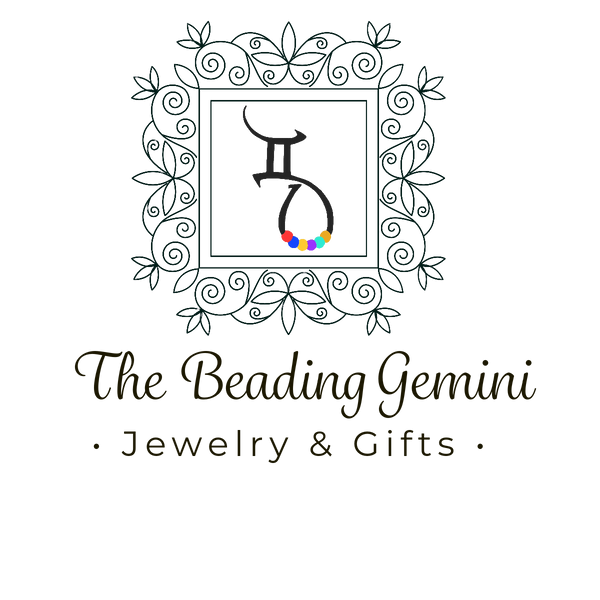When days shorten and cooler nights begin, gather around the fire opal and I will share info about October’s birthstone with you. The name opal is thought to have originated in India, where it was called upala in Sanskrit, a “precious stone." The Romans called them Opalus and the Greeks Opallos, meaning "to see a change of color." The most common characteristic of opals is their ability to shift through colors in a phenomenon known as “play-of-color.” Opals are the product of seasonal rains that drenched dry ground in regions. The showers soaked deep into the ancient underground rock, carrying dissolved silica (a compound of silicon and oxygen) downward. When the water evaporates, it leaves solid deposits of silica to form in the cracks and between the layers of underground sedimentary rock. The silica deposits formed opal. The colors of opals shift through most of the hues of the rainbow. Experts divide gem opals into many different categories, five of the main types are:
White or light opal: Translucent to semitranslucent, with play-of-color against a white or light gray background color, called body color.
Black opal: Translucent to opaque, with play-of-color against a black or other dark background.
Fire opal: Transparent to translucent, with brown, yellow, orange, or red body color. This material—which often doesn’t show play-of-color—is also known as “Mexican opal.”
Boulder opal: Translucent to opaque, with play-of-color against a light-to-dark background. Fragments of the surrounding rock, called matrix, become part of the finished gem.
Crystal or water opal: Transparent to semitransparent, with a clear background. This type shows exceptional play of color.
Opal is considered an October birthstone. Some people think it’s unlucky for anyone born in another month to wear an opal. But that superstition comes from a novel written in the 1800s (Anne of Geierstein by Sir Walter Scott), and not from any ancient belief or experience. In fact, throughout most of history, opal has been regarded as the luckiest and most magical of all gems because it can show all colors. Once, it was thought to have the power to preserve the life and color of blond hair. Many cultures have credited opal with supernatural origins and powers. Arabic legends say it falls from the heavens in flashes of lightning. The ancient Greeks believed opals gave their owners the gift of prophecy and guarded them from disease. Europeans have long considered the gem a symbol of hope, purity, and truth.
Opals have a Mohs hardness rating of 5 to 6.5 making them one of the softer gemstones and in need of special care. They are often referred to as a "living stone." This is due to the water within them. Because of their unique formation, precious opals contain about 5-6% water. As a result, things like temperature change could potentially cause the water inside to expand or contract. This could create a crack in the opal. If you step out from your air-conditioned home into the scorching summer air, or if you go outside when it's below freezing it is suggested to protect your opal jewelry by placing it in your pockets or under your clothes. If you wear perfume/cologne/other sprays, put it on before you put on any gemstone jewelry. Don't use hand sanitizer while wearing opal rings, either. Opals and pearls in particular respond poorly to any acids or alcohols.
When cleaning your opal, you'll want to make sure you have a soft cloth. You always want to avoid strong chemical cleaners like bleach or Windex, generic cleaners, dish detergent, and hand sanitizers. Remember be gentle. You don't want to rub an opal too hard at it with the cloth. You also want to make sure the cloth is clean – if there's any dust or residue on it, it could potentially scratch the opal. Because of its soft nature ultrasonic cleaning is not suggested. You may have heard that water can damage opals, but this isn't completely true. If you have a solid opal it's okay to get it wet – opals already contain a small amount of water in their composition. You want to avoid using very hot or cold water. You want to be more careful if you have an opal doublet or triplet. Ideally, you shouldn't put them in water – use a damp, soft cloth, with a gentle soap. With proper care and storage, your opal jewelry will last a lifetime.

